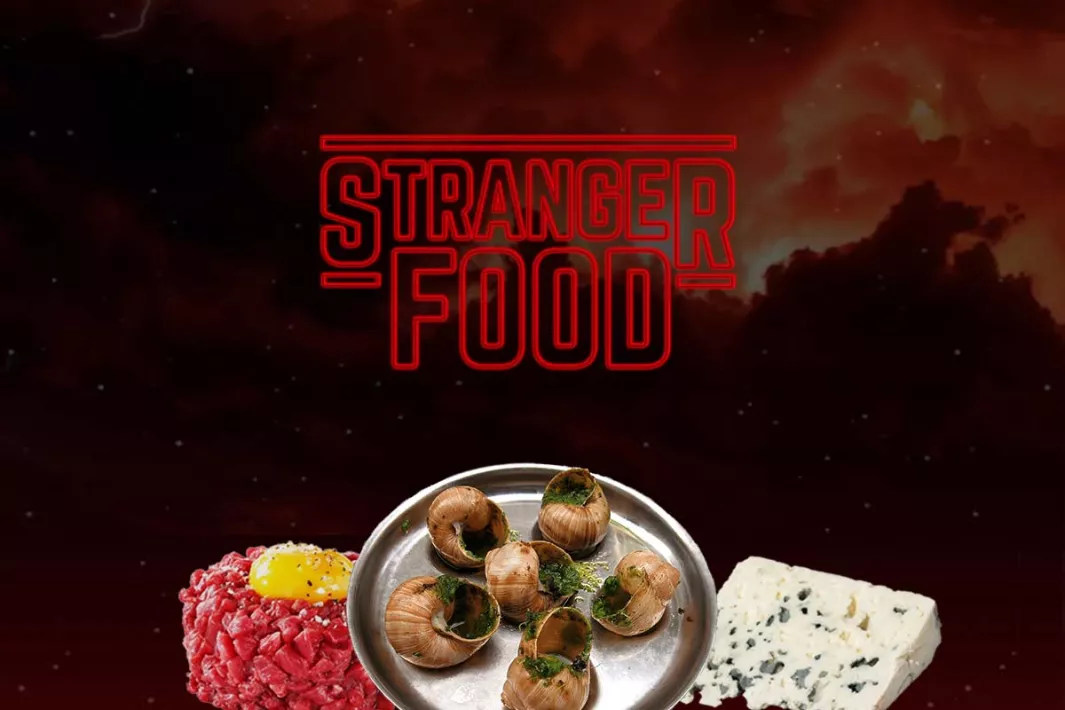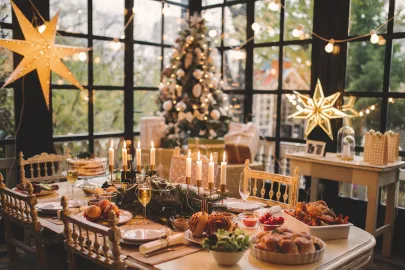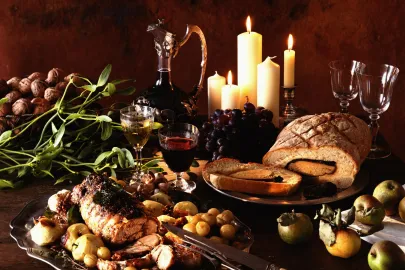Blue cheeses
Of all the cheeses on the trolley, these ones are sure to catch your eye and tickle your nostrils. And no wonder! Blue-veined cheeses are dotted with distinctive blue-green spots. This is actually mold from the mushrooms that grow throughout the cheese ‒ the result of bacteria being added to the milk at the start of the production process. And there’s more! Sharp, lactic, acidic... the scent is just as strange. No wonder Roquefort, Fourme d’Ambert and Bleu de Gex cheeses are often ranked among France’s smelliest.
But that doesn’t deter blue-cheese lovers or producers worldwide. And for good reason! Blue cheeses have a unique melt-in-the-mouth texture and a full, complex flavor on the palate… The result? A long list of blue-veined cheeses made outside France, including Stilton in England, Cabrales in Spain, Bavarin Blue in Germany, and Bayley Hazen Blue in the United States.
Tripe
Another weird heavy-weight in the French food ring is tripe. We might as well get straight to the point: tripe is the stomach of ruminants like beef cattle, calves and sheep. It’s a very stretchy, honeycombed piece of white meat. It is simmered, precooked, with a cow’s foot, aromatic herbs and vegetables and a glug or two of cider, when prepared “à la mode de Caen”; for the traditional “pieds paquets” or “foot parcels” of Marseille, replace the ingredients with lamb’s feet, tomato puree, wine and condiments and cook for a long time. Alternatively, the celebrated “andouillette” is made with other tripe products, such as pig’s intestines and calf’s ruffle, all wrapped in... gut lining.
But don’t judge a book by its cover... or its smell! Barring its potent pong, this comfort food gets top marks for texture and flavor. No wonder it has inspired foodies the world over! In Madrid, for example, they eat a spicier version of tripe made with chorizo, chili and red pepper.
Knife-cut tartare
This dish made with… raw meat is found on the menu of all French brasseries worthy of the name! In this case it’s beef tenderloin finely chopped with a knife for added bite, and seasoned ‒ if you’re following the most traditional recipe ‒ with an egg yolk, a few drops of Tabasco and Worcestershire sauce, parsley, pickled gherkins, capers, mustard, shallots and a dash of olive oil. A barbarian feast? Yes, because, or so legend has it, Tartars used to eat raw horse meat after tenderizing it under the saddle of their mounts.
Once again, it’s all about the taste. It’s so good, in fact, that tartare has fans across the globe. Starting with the people of Yunnan in China ‒ especially the Dai, Yi and Bai ethnic groups, who are big fans of duosheng. This dish made from raw fish, beef, pork and poultry is eaten with fermented rice wine. Tempted?
Contributor

Editor














